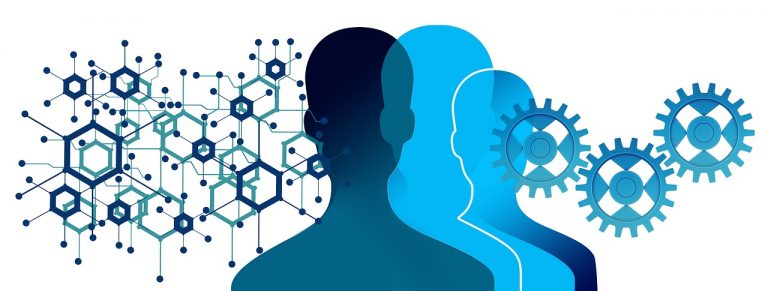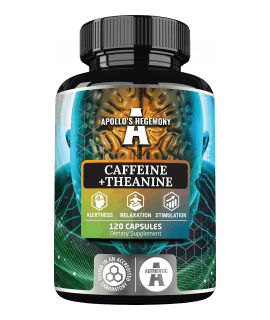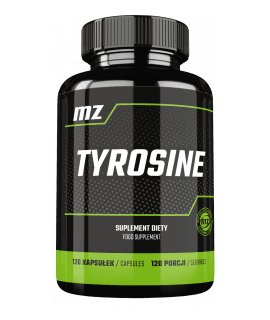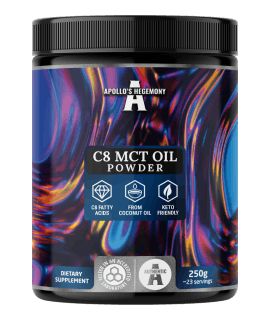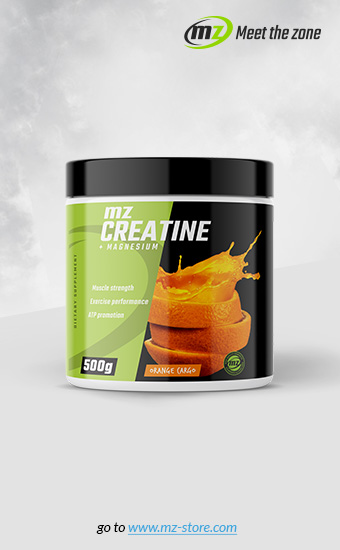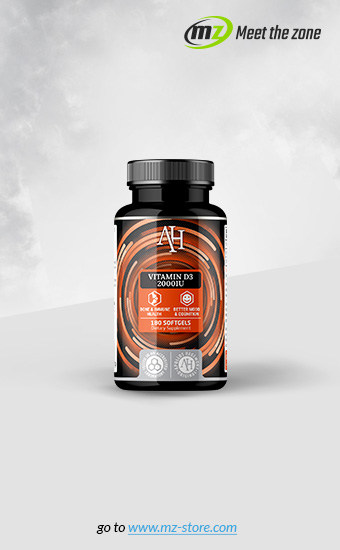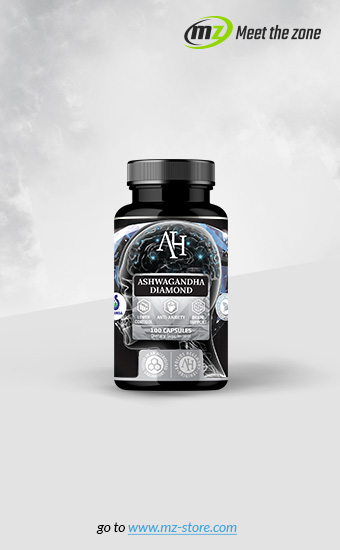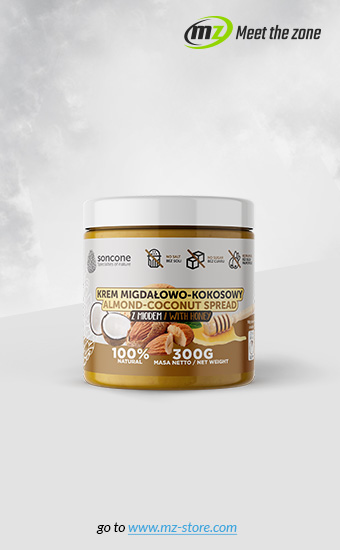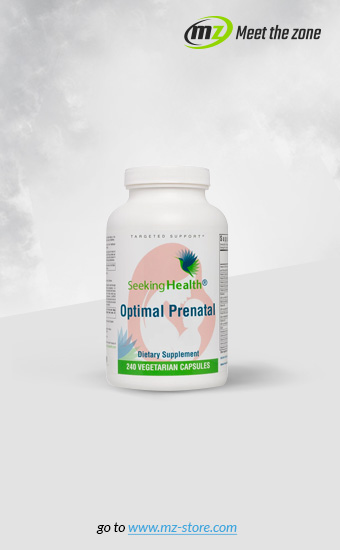Asking a group of people about the most pleasant part of the morning, certainly the answer will be... coffee. And no wonder, because the caffeine contained in it effectively changes the morning mood, which may not be too radiant especially before going to work. The characteristic coffee aroma fuels the desire to continue the morning ritual of drinking coffee, but even people who are not overly enthusiastic about its taste and smell often use the advantages of caffeine, obtaining it from other sources - tea, yerba mate or simply from a capsule.
Caffeine - basic information
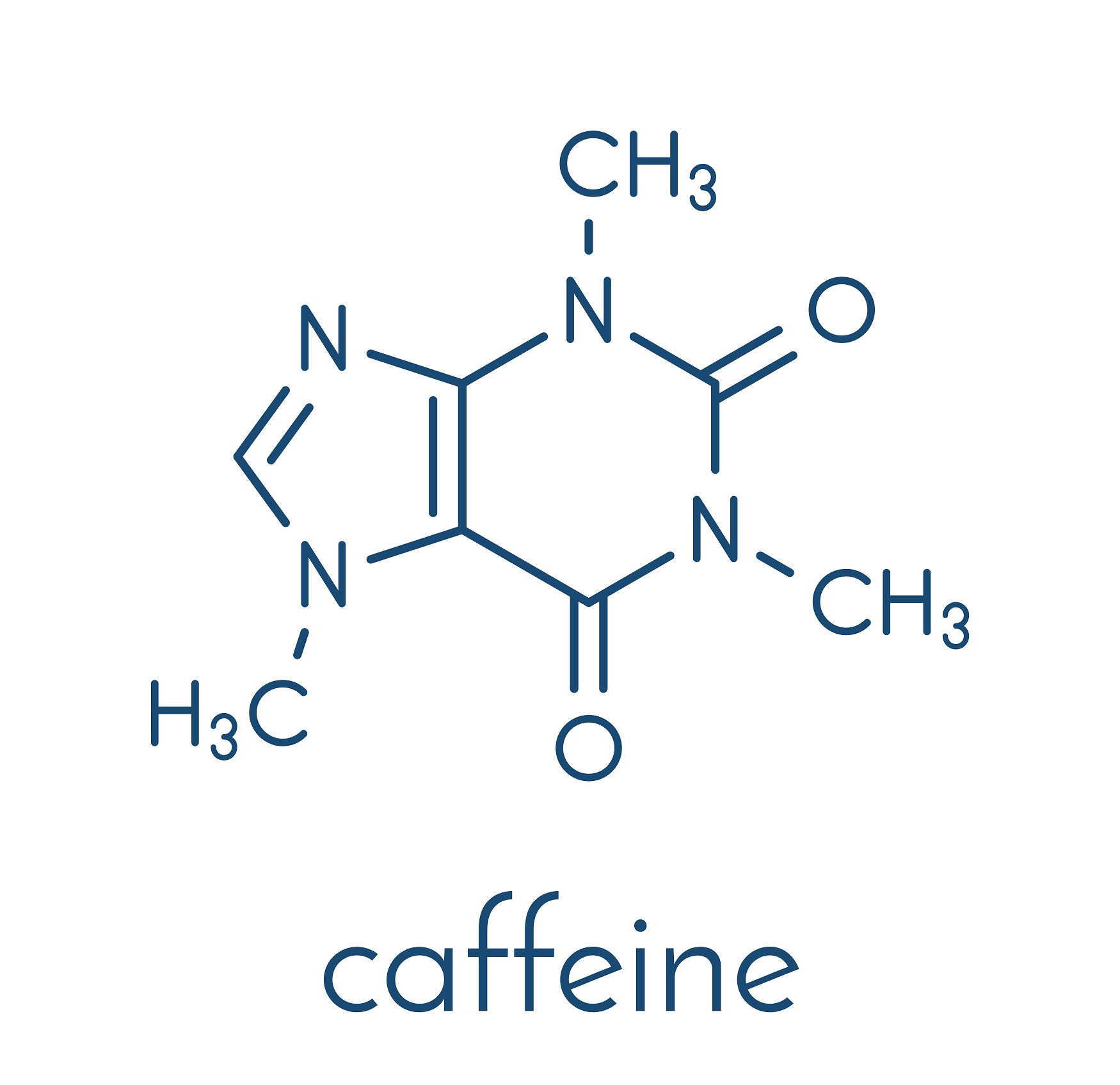
On particularly demanding days, it’s possible to increase the amount of caffeine taken in order to increase the body and mind capabilities for a certain time. Unfortunately, such an action is associated with some discomforts, such as shaking hands, feelings of anxiety or thoughts quickly deviating from the chosen path, on less significant subjects at a given moment. To overcome these shortcomings, resulting from the increased supply of caffeine, a popular treatment is simultaneous portions of theanine. Let's look at both components and think about the phenomenon of this combination.
Caffeine - the flagship representative of the purine alkaloid group, which owes most of its beneficial effects to the structural similarity to adenosine, which is a factor that suppresses the nervous system and makes us feel tired. Because of this similarity, caffeine has the ability to bind to adenosine receptors [3], but as it’s a different substance, it does not have the same effect as adenosine. What's more, the caffeine attached to the receptor prevents adenosine from it, thus inhibiting its action! This mechanism is responsible for reducing fatigue.
Caffeine also influences the increase of norepinephrine levels, which increases energy levels, improves alertness and reaction time, and increases motivation for action. To some extent, the effects of other key neurotransmitters, such as acetylcholine, dopamine or serotonin, are also changed, thanks to which we feel better and efficient in processing information.
L-Theanine - basic information
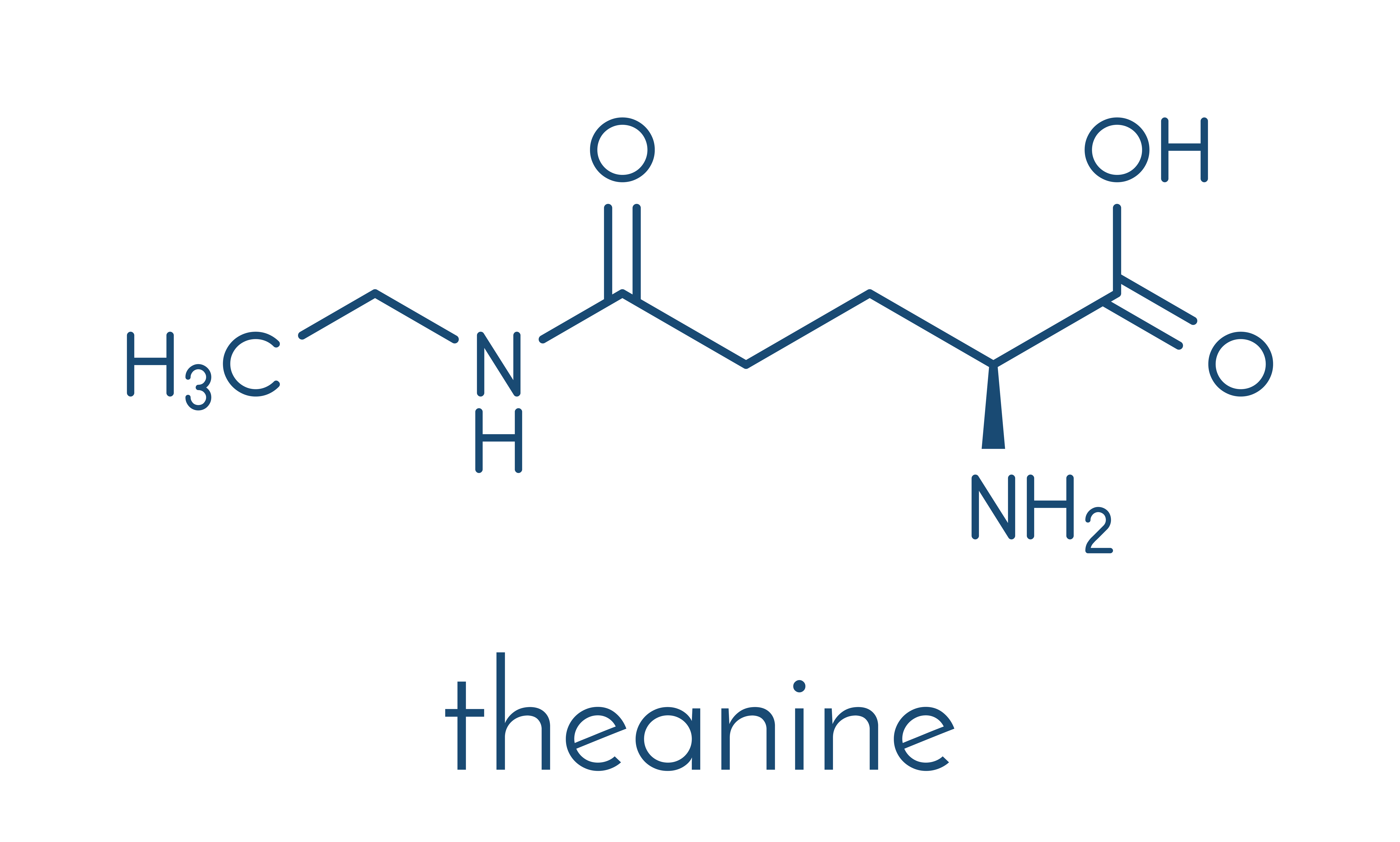
L-Theanine - an amino acid that occurs mainly in green tea leaves. Thanks to it, the infusion of green tea can relax and calm us down. Structurally similar to glutamine and GABA. Researchers confirmed the relaxing effect of theanine, measuring the effects of its administration on the brain wave profile. There was an increase in the intensity of alpha waves, which are associated with the state of relaxation, in people in the state of increased anxiety and stress, which was not observed in the placebo group [2]. In the form of a supplement it’s also valued as a way to facilitate falling asleep and improve the quality of sleep.
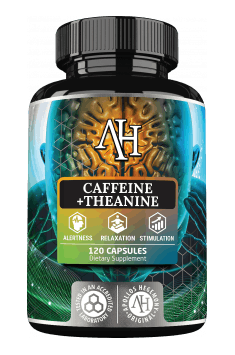
Wait... you want to combine stimulant and sedative agent together?
At this point, many people are certainly wondering what the purpose of concurrent stimulants and sedatives is. They contradict eachother! It turns out that it’s not in the case here. The phenomenon of theanine is that many for people it causes relaxation, but not sedation. The state of relaxation without increasing drowsiness gives us very interesting perspectives.
Caffeine and Theanine combination - clinical study
By conducting appropriate tests, scientists dispel any doubts, pointing to the effects of the simultaneous adoption of both substances in comparison to each of them in isolation. During the study [1], participants were given Peach Lite Lipton Ice Tea drinks in four different variants: (A) 0 mg caffeine and 0 mg theanine, (B) 150 mg caffeine and 0 mg theanine, (C) 0 mg caffeine and 250 mg of theanine and (D) 150 mg of caffeine and 250 mg of theanine. The drinks also modified sweeteners concentration masking the bitter taste of a large amount of caffeine, so that it was impossible to guess which option was given to the person. Naturally, the participants were instructed to avoid taking caffeine and alcohol from 12 hours before the first session until the end of the last one.
Each participant appeared in the laboratory 5 times with 7-day breaks, of which 4 days were the test days. This day consisted of three test sessions - the first before drink, to determine the initial level of the nervous system, the second after 30 minutes, and the third 90 minutes after drinking the beverage. Examination of caffeine content in saliva samples confirmed compliance with the order to avoid consumption of this substance before the test.
The results showed the best results for the combination of caffeine and theanine in parameters such as the time of simple reactions, the accuracy of fast processing of visual information, the accuracy of verifying sentences, and the speed of word recognition. Vigilance and well-being have also been improved, and the feeling of fatigue has been reduced. It’s worth noting, however, that after adding theanine to caffeine, the ability to suppress headaches diminishes - in this case, caffeine works better. Weakness has also been slightly sustained in the Serial Sevens task, consisting in the serial subtraction of sevens, starting from 100. The result of this test was sensitive to the administration of caffeine. After caffeine and theanine, the result was slightly weaker, but still better than placebo and theanine alone. In any case, the overall balance is very beneficial for the combination of these two substances, although each of them separately also has an interesting profile of effectiveness.
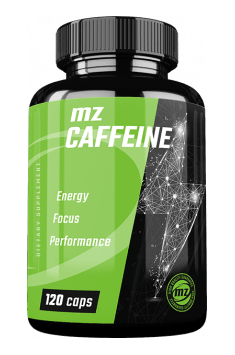
The variable operation of theanine is also indicated, depending on the purpose of its application. The intensity of alpha waves in the brain is more effective in people with initially higher levels of anxiety [4]. In turn when performing tasks that involve attention, waves with alpha frequencies may be suppressed [5]. We usually take caffeine at times when we are about to perform a specific task to help the mental condition and work of the nervous system, so supplementing in this situation also theanine changes its action profile from relaxing to more pro-cognitive, which in a way explains the uniqueness of this composition .
Caffeine and theanine - conclusion
In conclusion, adding theanine to caffeine is a great way to increase the effectiveness of caffeine and improve its action profile. It’s one of the basic nootropic compositions, and due to the high safety profile and effectiveness of action, it’s recommended for most people at the beginning of their adventure with pro-cognitive means.
Caffeine is not the only agent that interacts with theanine, because this amino acidcan effectively improve the effects of other classic stimulants, for example in sport pre-workout supplements.
Caffeine and theanine - dosages
As a standard, the caffeine to theanine ratio is chosen to be approximately 1: 2, so for example 200 mg of theanine to 100 mg of caffeine. These are not rigid recommendations, so you can boldly adjust the optimal dose for yourself based on the trial and error method.
Sources
[1] Crystal F. Haskell et. al. “The effects of L-theanine, caffeine and their
combination on cognition and mood” Biological Psychology 77 (2008) 113–122; doi:10.1016/j.biopsycho.2007.09.008
[2] Song CH, Jung JH, Oh JS, Kim KS. “Effects of Theanine on the Release of Brain Alpha Wave in Adult Males.” Korean J Nutr. 2003 Nov;36(9):918-923. Korean.
[3] John W. Daly et. al. „The role of adenosine receptors in the central action of caffeine” PMID: 25821357; Pharmacopsychoecologia. 1994; 7(2): 201–213.
[4] Kobayashi, K. et. al. „Effects of L-theanine on the release of a-brain waves in human volunteers.” 1998. Nippon Nogeikagaku Kaishi 72, 153–157.
[5] Gomez-Ramirez, Manuel et al. “The deployment of intersensory selective attention: a high-density electrical mapping study of the effects of theanine.” Clinical neuropharmacology 30 1 (2007): 25-38.
